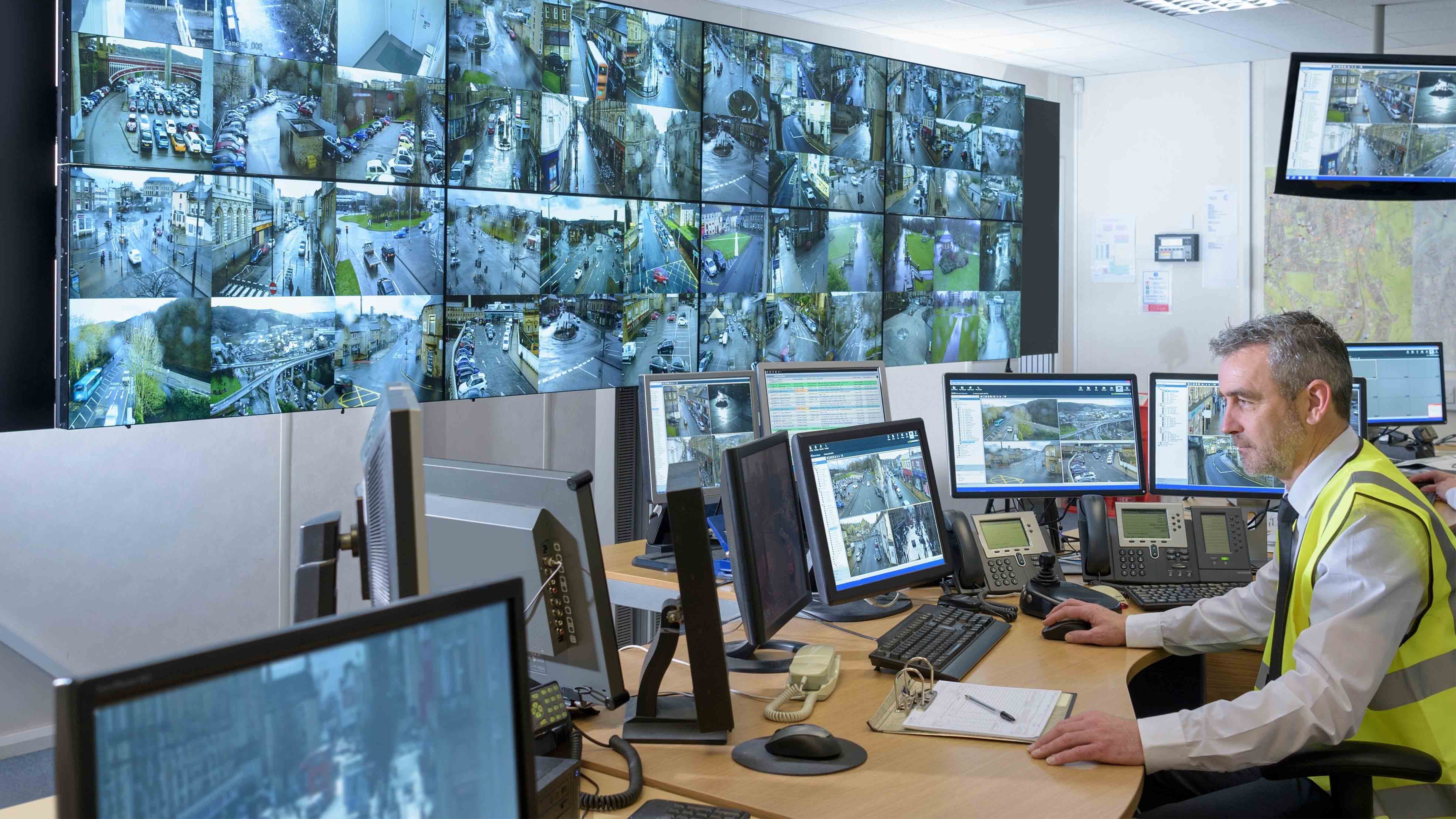From transport networks and emergency response to energy infrastructure and defense, modern command and control centers are, quite literally, mission critical. As such, they typically draw on a wide variety of technologies from a host of vendors, with system interoperability central to how well teams can perform.
Indeed, technology integration has always been a defining factor in command center effectiveness, but as more systems move to IP-based infrastructures, ensuring devices, platforms, and protocols work together has become significantly more complex. One of the key challenges is that legacy approaches to signaling—where audio and video signals were transmitted over fixed, hardware-defined paths using standard interfaces like HDMI or SDI—are no longer sufficient for the rigors of modern command center operations.
Complicating matters even further is that modern command centers use an enormous range of technologies. For the operators alone, there are lighting, speaker, and microphone systems, which must work alongside high-resolution video walls, IP-based AV distribution, KVM switches, sensor networks, and, increasingly, AI-powered analytics. Integrated comms platforms, secure network infrastructure, and cloud-based control systems also play a significant role, alongside tools for processing and routing media across increasingly complex environments. The list goes on.
Integration at Scale
But why the move to IP? Fundamentally, IP is the most widely adopted, standards-based technology capable of supporting real-time media, data, and control signals at scale. For contemporary command centers, one of the most significant benefits is its flexibility; unlike traditional AV infrastructure, IP removes physical constraints by enabling any number of inputs and outputs to be routed over standard networks.
IP also allows media to travel far greater distances, across buildings, campuses, or even globally, using widely available IT infrastructure rather than specialized hardware. This not only improves scalability but also lays the groundwork for deeper cloud integration and remote collaboration across multiple sites, both of which are becoming increasingly important as organizations look to balance oversight with operational agility and cost-effectiveness.
While the use of IP in command centers is already widespread, it introduces some important technical and operational challenges that can impact interoperability and performance. Arguably, at the top of the list is that different device types (such as AV systems, computing platforms, and control interfaces) have adopted IP in inconsistent ways, often using incompatible standards and differing ways of handling data compression. This fragmented approach makes seamless communication difficult and frequently requires complex conversion tools to bridge the gaps.
Performance can also suffer. For example, uncompressed 4K video can consume up to 18 Gbps of bandwidth. As media moves between compressed and raw formats for processing, these demands escalate quickly. Without careful infrastructure planning, network congestion becomes a real risk.
Latency is another key concern. While compression reduces data size, it often adds delay—a situation unacceptable in real-time environments where responsiveness is critical. As a result, command centers must balance media quality, speed, and interoperability more precisely than ever, with standardization and flexibility as essential components of fully functioning systems
Standardization and Smart Conversion
So, how are these important requirements being addressed? In general terms, two broad strategies are shaping the future of command center design: standardization and smart media conversion. On the standardization front, initiatives including the IPMX specifications are gaining traction by offering a common framework for transmitting audio, video, and control signals over IP networks.
While the use of IP in command centers is already widespread, it introduces some important technical and operational challenges that can impact interoperability and performance.
More specifically, IPMX addresses the Pro AV industry’s need for a common set of ubiquitous standards and protocols in the transition to IP-based media infrastructures. It does so by delivering a supple and complete suite of standards and specifications upon which manufacturers can build products that are more interoperable between equipment types and different brands. To ensure open standards don’t come at the cost of protection, IPMX also introduces a privacy encryption protocol.
Standardization helps with many IP-based media systems challenges. But in environments as rich and diverse as control rooms, this alone is not enough. Being able to use multiple media profiles as well as being able to convert from proprietary protocols to/from the standards is also necessary. For this, new classes of IP-to-IP gateways have also entered the market.
These devices perform real-time media and protocol conversion, allowing signals to move between otherwise incompatible products while also bridging asset classes, some of which depend on synchronization while others do not support synchronization. Crucially, these new media and protocol gateway converters also enable organizations to scale across rooms, buildings, or regions without having to overhaul existing infrastructure.
Cloud-based processing is another growing trend. Rather than housing all media handling and signal routing on premise, some command centers are now using cloud platforms to manage content distribution between remote sites. This not only simplifies workflows but also supports greater agility, especially in multi-site operations.
Designing for Operational Priorities
On a practical level, the adoption of IP also changes how control rooms are designed, deployed, managed, and scaled. Within a single room, for example, priorities typically focus on high performance, low latency, and seamless operator control. In these environments, minimal compression and high-bandwidth networks can be used to maintain responsiveness, particularly for audio and video switching or real-time decision-making.
However, as systems scale across multiple rooms or facilities, the equation shifts. Bandwidth efficiency, network security, and centralized control become more important, especially when content needs to be shared between departments or across geographic locations. In these scenarios, organizations must consider how to manage media routing, bandwidth constraints, and access permissions without compromising performance.
Take the challenges associated with synchronization, for example. In live environments, even slight delays between audio and video, such as when a speaker’s voice reaches an audience before or after their image does, can create a distracting and uncomfortable experience. Audio systems often require precise timing, especially when distributing signals across multiple rooms or between left and right speakers, where any misalignment can be problematic.
Operational requirements are also changing, with the integration of services such as Microsoft Teams and Zoom bringing content from IT systems directly into command center AV environments. As a result, the synergies between Pro AV signaling assets rooted in the automation of batch behaviors for endpoints like microphones, cameras, speakers, and displays—with IT department assets like PCs, smartphones, and tablets—are becoming increasingly influential in how media infrastructure is designed and governed. What used to require video walls and media processing equipment to show mixtures of content types to decision makers and live operations overseers in control rooms is now more flexible, spanning large-format displays when helpful, but it can also be personalized to individual operator seats with "personal video wall" capabilities.
Wherever the specific priorities lie for each command center, the underlying requirement is maintaining uptime—they must be able to display the right information at the right time without fail. But as protocols evolve and equipment life cycles diverge, technology teams must apply a flexible approach built on a combination of open standards and vendor-agnostic media gateways, ensuring systems remain operational and aligned with performance objectives.
Open standards matter because they give organizations more control over how their systems evolve. Rather than being locked into proprietary technologies, teams can integrate best-of-breed tech that balances performance with budget, a compelling argument for anyone focused on delivering effective command center infrastructure.

